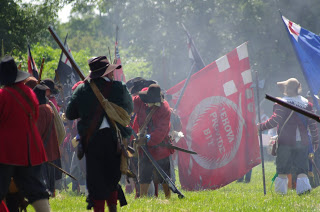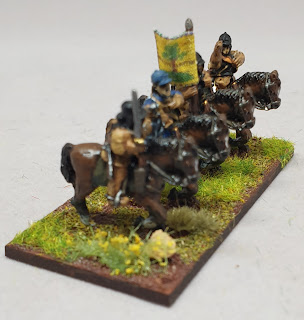Coat Colours Part 5: The Trained Bands

As I was about to post about the Tower Hamlet's Regiment of the London Trained Bands, and about to go down my usual ranty rabbit hole about coat colours I thought it better to write a general post about Trained Bands. This got out of hand a little and became the coat colours series, without even touching upon the Trained Bands. When I first started my ECW project I took at face value lots of information from what I believed to be 'trusted' sources: it only took a little cursory reading to quickly realise that many of these 'trusted' sources replicate the same errors. Which is why my original Tower Hamlet's Regiment wore red coats and carried the 'wrong' flag. They were quickly given the correct flag, but the red coat issue was slowly nagging me. They have since been rechristened John Birch's, and the Tower Hamlets LTB has been raised anew. This post is a bit more than Coat Colours Part 5 Introduction Part 1 Parliamentarian coat colours Part ...





